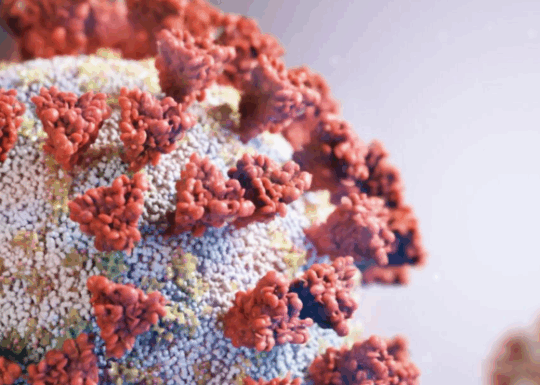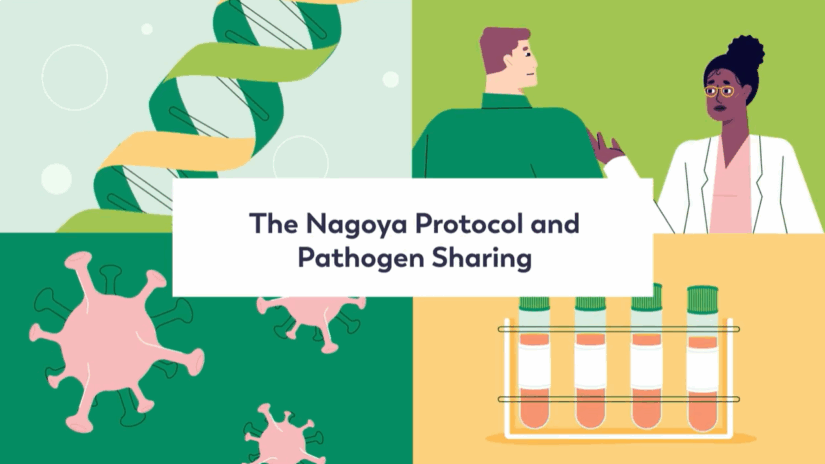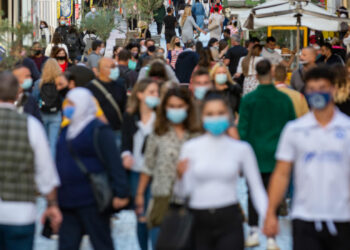Access and benefit sharing


Access and benefit-sharing (ABS) frameworks sit at the intersection of biodiversity protection, scientific progress, and global public health.
Overview
Access and benefit-sharing (ABS) frameworks sit at the intersection of biodiversity protection, scientific progress, and global public health.
Ensuring that genetic resources and their associated data can be accessed rapidly, predictably, and under clear legal conditions is essential for advancing research, supporting innovation, and responding to health emergencies.
As new mechanisms evolve – from the CBD’s multilateral approach to emerging pathogen-sharing systems – it is critical that policies strike the right balance between fair benefit-sharing and the scientific openness required to deliver medical breakthroughs and strengthen global health security.
UN Convention on Biological Diversity
The pharmaceutical industry has long supported the objectives of the Convention on Biological Diversity to protect the natural environment.
The ability to rapidly use scientific data known as “Digital Sequence Information” (DSI) is key to advance science and for rapidly responding to public health emergencies.
The use of digital sequence information also supports the protection of biodiversity, as it reduces the need for scientists to use multiple physical, biological samples.
The Cali Fund
The Cali Fund was launched in the margins of the resumed session of the Sixteenth meeting of the Conference of the Parties to the Convention on Biological Diversity (COP16) in February 2025.
Although the Cali Fund is already established, a number of core issues require further negotiation at COP17 – including on how its funds are allocated and the modalities for contributing to the Fund.
As it stands, the decision to create the Cali Fund at COP16 does not get the balance right between the intended benefits of such a mechanism and the significant costs to society and science that it has the potential to create.
Ahead of COP17, it is critical that governments work to both clarify and refine modalities of the Cali Fund to ensure that it does not stifle medical research and innovation that can bring the next wave of medical progress to people around the world.
The Nagoya Protocol
The Nagoya Protocol is a supplementary agreement to the UN Convention on Biological Diversity.
It aims to encourage countries to establish rules that promote the sharing of benefits accrued from biodiversity. This is beneficial as countries can, for example, receive revenue from the development of a commercial product based on a tropical plant.
To achieve its objective, the Nagoya Protocol established guidance for the establishment of national “access and benefit sharing” (ABS) rules for all genetic resources.
But this has had unintended consequences. It created a problematic situation where countries can make access to harmful pathogens conditional on monetary payments or priority access to medical countermeasures.
If this happens, scientists in some countries do not have what they need to begin the vital research and development necessary to protect people and save lives.
Access to pathogens to respond to global health threats
Our ability to prepare for and respond to pandemics swiftly rests on improved global pathogen surveillance, free and unhindered access to pathogens, and the scientific community’s ability to collaborate efficiently and effectively.
Fast, certain, and unencumbered access to pathogens and their genetic information – known as digital sequence information (DSI) or genetic sequence data (GSD) – is the bedrock of global health security.
In the context of COVID-19 vaccine development, a delay of one month in accessing the pathogen sequence could have resulted in an additional 400,000 lives lost.
Vaccine manufacturers have reported lags of 3 weeks to 9 months in accessing seasonal influenza samples since 2018; similar obstacles have arisen with Zika, Mpox, and Ebola.
The pharmaceutical industry is a supporter of the 100 Days Mission, which aims to have safe and effective vaccines, therapeutics, and diagnostics within 100 days of an epidemic or pandemic threat being identified. But this won’t be possible if there are difficulties accessing pathogen samples and data, and if epidemiological information is not available rapidly and predictably.

Global disease surveillance and pathogen sharing
Covington carried out an independent research project, funded by IFPMA, to map out the current practices, rules, and actors in global disease surveillance and pathogen sharing.






